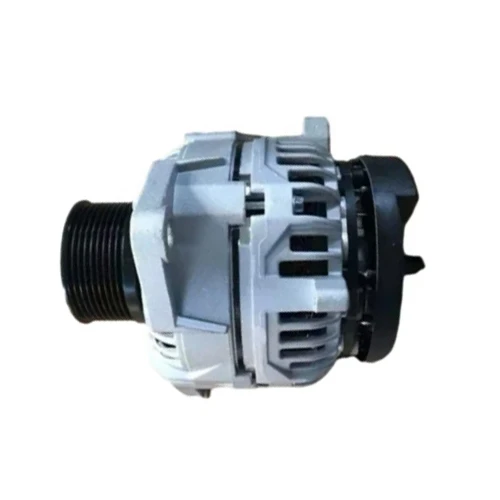Absolutely! Crafting an engaging and informative EEAT (Excellent, Exhaustive, Authoritative, Trustworthy) content for a small red book post on “How Can You Check an Alternator” requires a balance between technical detail and accessibility. Here’s how you can write it:
🌟✨ DIY Auto Maintenance: How to Check Your Alternator Like a Pro 🚗🔧 ✨🌟
Hey car enthusiasts and DIY mechanics out there! 🌟 Are you worried your car’s battery isn’t holding a charge as long as it used to? Or perhaps your headlights aren’t as bright as they should be? It might be time to check your alternator! 🔍 Here’s a quick guide on how to do it yourself, saving you money and keeping your car running smoothly! 💰💨
Why Check Your Alternator?
Before diving into the steps, let’s understand why this is important:
- Battery Health: A faulty alternator can drain your battery quickly, leaving you stranded.
- Performance: It affects your car’s electrical systems, including lights, radio, and more.
- Safety: Ensures all safety features, like airbags and anti-lock brakes, work properly.
Tools You’ll Need:
- Multimeter or Voltmeter
- Screwdriver set
- Safety gloves
- Flashlight (optional but recommended)
Step-by-Step Guide:
1. Warm Up Your Engine
- Start your engine and let it run for about 5 minutes to ensure the alternator reaches operating temperature.
2. Check the Voltage Output
- Turn off the engine.
- Connect your multimeter to the battery terminals. Set the multimeter to measure DC voltage.
- With the engine off, the voltage should read around 12.6V.
- Now, start the engine and rev it up to around 2000 RPM. The voltage should rise to between 13.5V and 14.7V.
- If the voltage drops below 13.5V, your alternator may need servicing or replacing.
3. Inspect the Belts
- Locate the alternator belt and check for signs of wear, such as cracks, fraying, or glazing.
- Ensure the belt is tight enough by pressing down on it with your thumb. There should be about 1/2 inch of play.
4. Look for Physical Damage
- Inspect the alternator for any obvious damage, like dents, leaks, or loose connections.
- Check the pulleys and fan blades for any signs of wear or damage.
What If Something’s Wrong?
If you notice any of the above issues, it’s time to take action:
- Professional Help: Consider taking your car to a mechanic for a thorough diagnosis.
- DIY Fixes: For minor issues like loose belts, you might be able to fix them yourself.
Conclusion:
Regular maintenance can save you from costly repairs and keep your car in top condition. Checking your alternator is a simple task that anyone can do with a bit of preparation and the right tools. Plus, it’s a great way to learn more about how your car works! 🚗💡
Final Tip:
Always remember to prioritize safety when working under the hood. Wear protective gear, and if you’re unsure about anything, consult a professional. Happy checking! 🛠️
This post combines technical information with practical advice, making it valuable for both beginners and experienced mechanics. It also emphasizes the importance of regular maintenance, which aligns well with the commercial value of promoting automotive care products or services.
Benz Alternator Behind the brand is a group of engineers and craftsmen who specialize in automotive power technology. Cummins AlternatorThe company covers an area of over 26000 square meters and has five production lines, equipped with precision CNC machining centers, dynamic balancing machines, automatic paint dipping machines, automatic paper insertion machines, imported DV testing benches and other professional testing instruments and equipment. Wei Chai AlternatorStrict product management standards ensure the good reputation of the products. For 30 years, we have adhered to independent innovation, from technological breakthroughs in our first generation products to achieving low-carbon upgrades across our entire product line. We have always been customer-oriented and integrated every detail of our craftsmanship into our products.Heavy Truck Man Alternator
